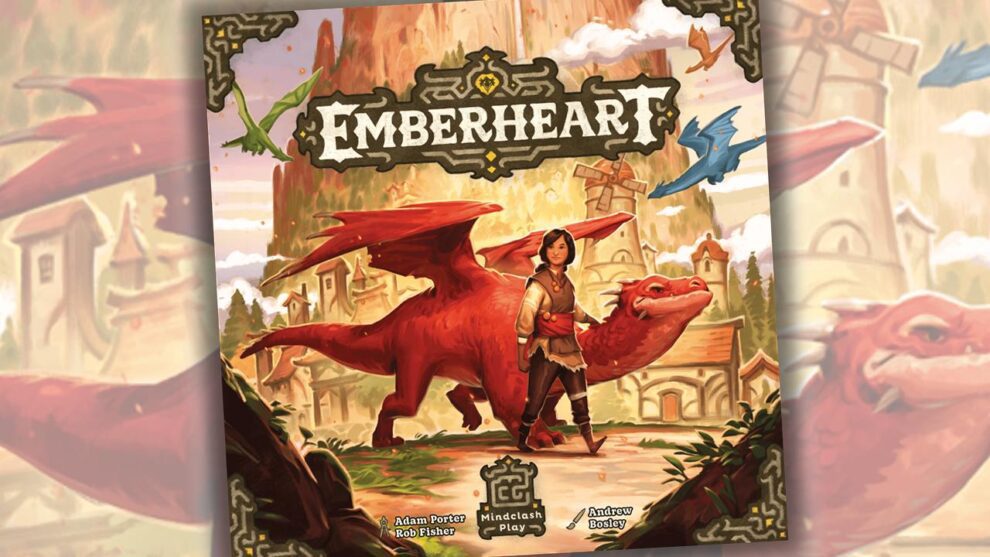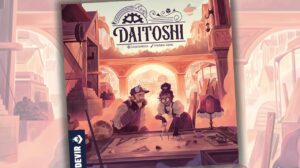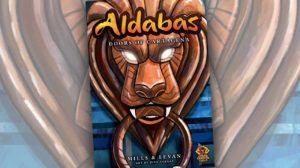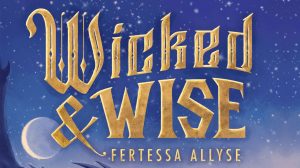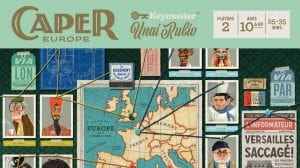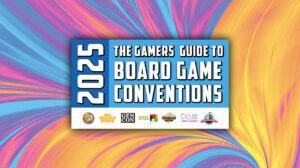Disclosure: Meeple Mountain received a free copy of this product in exchange for an honest, unbiased review. This review is not intended to be an endorsement.
During my visit to the offices of Mindclash Games this spring, I had the chance to see some of the physical components for the next game in the Mindclash Play line, Emberheart. (The other titles in the line include Astra and Ironwood.) The board was essentially final, and the components, which included cute little dragon tokens, looked good…mostly, I was excited about the game because the Mindclash team seemed to be very excited about the potential for this next title in the sub-brand.
Emberheart was designed by Adam Porter and Rob Fisher, with illustration work by Andrew Bosley (over a hundred credits, but most notably includes the exceptional imagery from Unconscious Mind as well as the cuddly animals from Everdell). Now that I’ve done a few plays—including one with my eight-year-old son—I can see why Mindclash’s team was excited for Emberheart’s release. This is the purest form of what the Mindclash Play line seemed to be going for, after extensive discussions with Mindclash’s CEO, Viktor Peter, as well as others at the publisher.
Emberheart is a light strategy game that has Mindclash superfans in mind. Fans of Voidfall and Anachrony looking for a chance to play a family-weight strategy game with their kids should grab a copy of Emberheart as soon as it comes to retail.
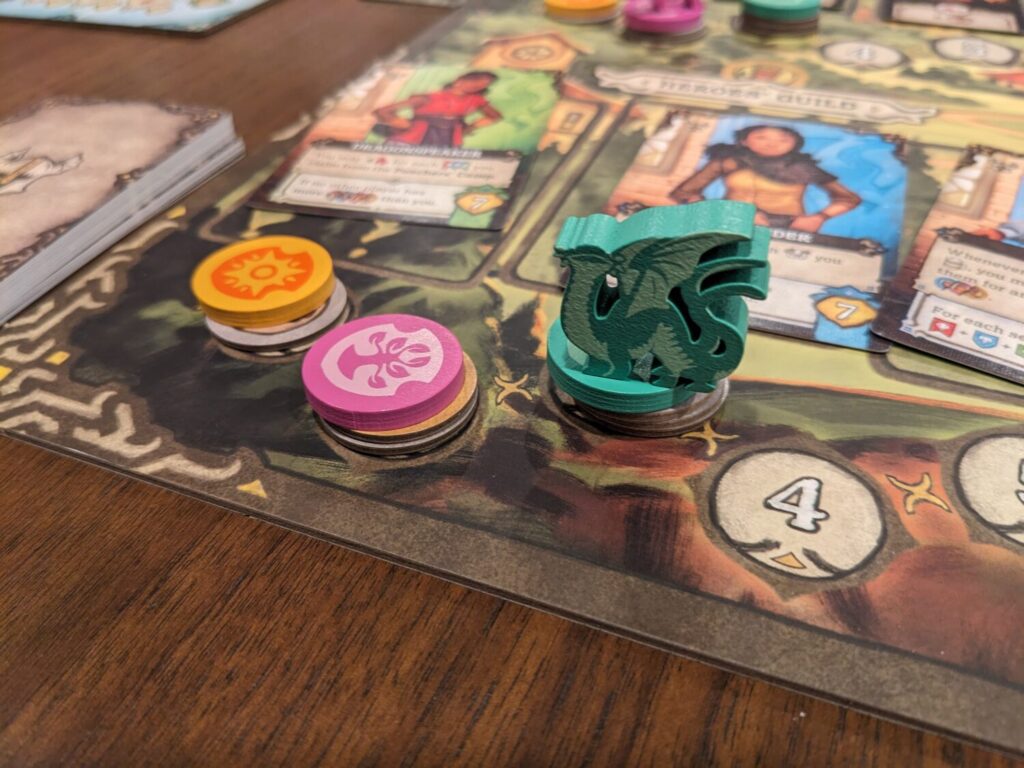
Dragon Delight
Emberheart is an action selection game for 2-4 players. I think it’s notable that Emberheart does not have a solo mode—most of the Mindclash catalog does feature solo modes—and I think it’s the right call that Emberheart has to be played with other people. The way the game’s bidding mechanic works requires at least three players to even function. As a result, in two-player games of Emberheart, a two-player deck is used to seed the actions of a simulated third player before each round begins.
Over the course of five rounds, players take on the role of “brave champions” who rescue dragons from the clutches of dangerous poachers bent on controlling the local dragon population for themselves. To rescue said dragons, players have to hire a mix of local crew—expendable “hirelings” like grunts, or experts trained in specific dragon wrangling techniques—then take adventuring parties to one of the six action spots around the board to recruit heroes, climb mountains to rescue dragons, and secure lands to safely send dragons out to pasture.
Emberheart’s main play mechanic is tied to an action selection phase prior to resolving all actions in a particular order. That means play is pretty snappy; my plays (which ranged between two and three players) always finished in about an hour, in one case just 45 minutes. As much as I love heavy Mindclash fare like Voidfall, Voidfall is a hard game to table on a weeknight. Emberheart is absolutely a game you can finish before or after dinner with your family.
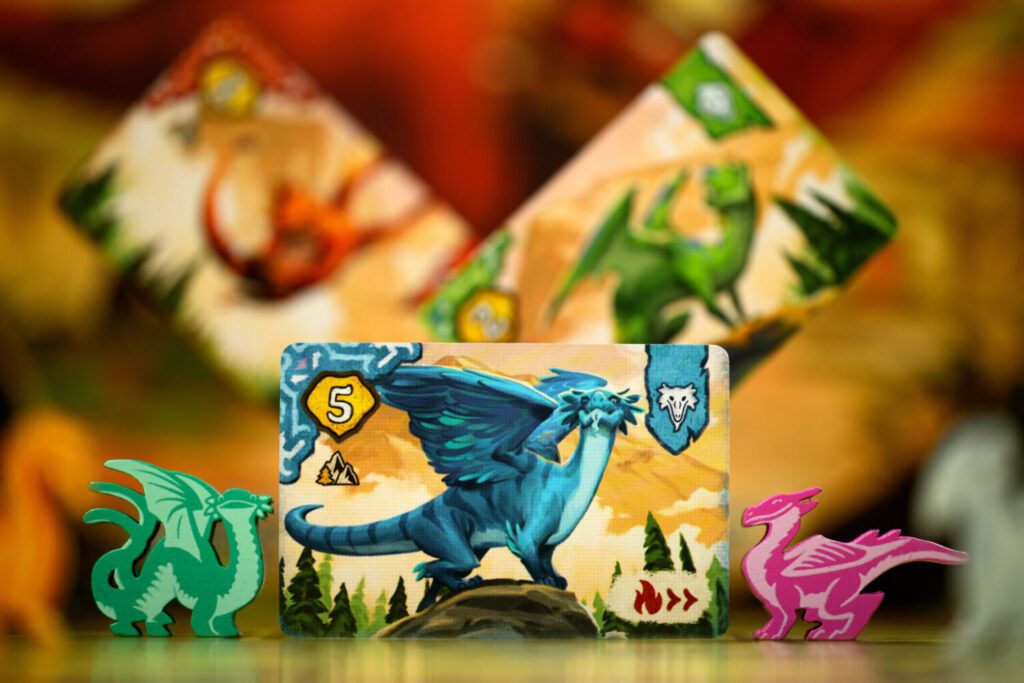
Some of the familiar touches of “Baby’s First Euro” are here. Each player board has tracks that grant the owner increased efficiency throughout play, as well as a double-sided player board with a choice that advanced players can use to trigger ongoing player powers. (I used the basic, no powers side with my kids but the advanced side for my core hobbyist audience.) Hero cards are worth nothing when first acquired, but when later matched with a dragon in a color matching the hero card, the Hero gifts players with an ongoing power as well as an end-game scoring condition.
Randomness comes down to the flop of cards in a round, but if a player really wants to go first, that’s as easy as taking the first player token before their opponents. All information is public and even the end-of-round negative effect, which can remove certain hirelings from each player’s supply, comes with a choice of two cards, and each round one player has to decide which of those cards is removed.
Emberheart is a game about dragons, so it quickly becomes clear how to best score points—acquire the most dragons. It doesn’t hurt that while heroes have a bunch of conditional scoring elements, dragons do not—they will be worth 1-7 points at the end of the game, whether they are matched to other cards or not. And going to the Mountain location is the most efficient way to get the game’s best dragons, so savvy players began to visit that location more regularly in each of my plays.
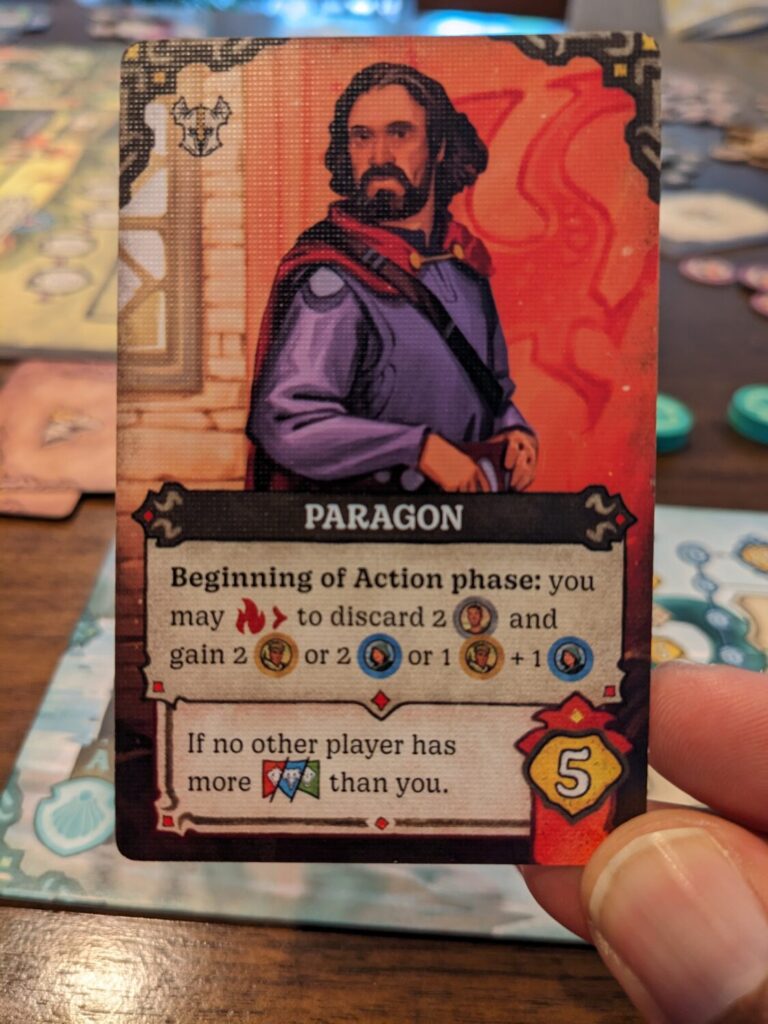
No Notes, Just Right
Emberheart’s main negative is that it is simply solid.
Let me explain. For a person who eats heavy strategy games like High Frontier 4 All for breakfast, or who has seen a lot of much lighter strategy games over the last few years, there’s nothing in Emberheart that made me say “wow.” Often, I grunted with approval as I considered my choices on a turn, and it was a blast to watch my eight-year-old figure out what Emberheart was trying to do and then puzzle around how to score more points than I did. In our play, I won, but the final score was 73-68 (thanks, Mindclash, for the handy score pad!), and he lost only because he didn’t figure out hero scoring until it was too late.
Emberheart is solid all the way around. It plays fast. It looks great, and Bosley’s art does a great job of bringing players into the world. It doesn’t scream “play me right now”, but it does draw players in, thanks to its accessibility. The player powers aren’t thrilling, but I am fine without them; the game just doesn’t need them. The decision space, usually tied to how many hirelings I want to send to a location to ensure I can take that action in a round, is limited, and limited intentionally.
I’m already sure I will spend most of the time attacking the system the same way: getting lots of dragons, ideally from the Mountain (which uses its own deck of high-point dragon cards), getting staff from the Tavern at least once every round, and getting Hero cards that line up with dragons after I’ve gotten dragons and am sure Hero powers will be triggered. Emberheart has a reputation track, here called Flame, that has to be managed down to ensure other players don’t get too far ahead (players with the lowest Flame get a point bonus at the end of the game). In my plays with core gamers, everyone saw how important Flame is so they did their part to keep Flame under control.
As a Mindclash junkie, Emberheart is great for the nights when I want to show the kids a game we can all play and all be on equal footing to win. And, hopefully, I can use this to get the kids to bite on a night of Trickerion: Legends of Illusion in the near future!


